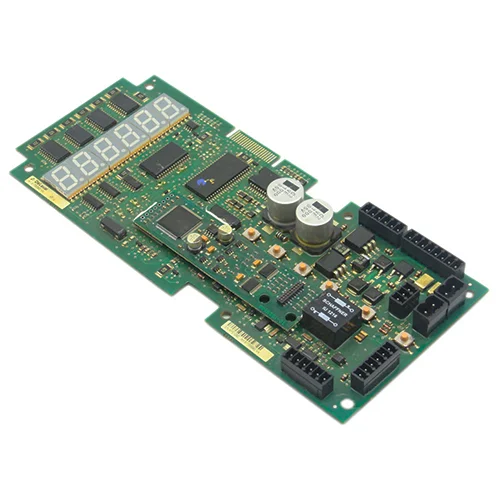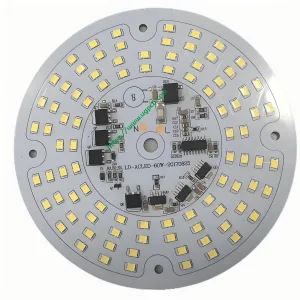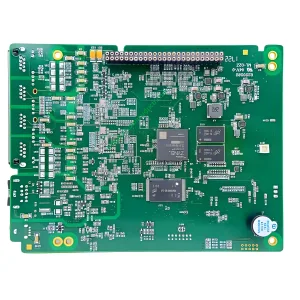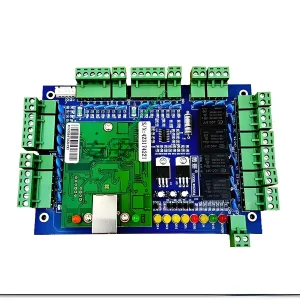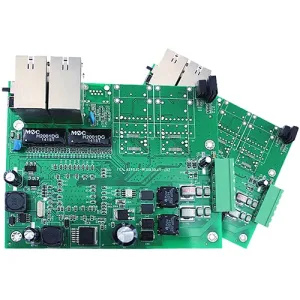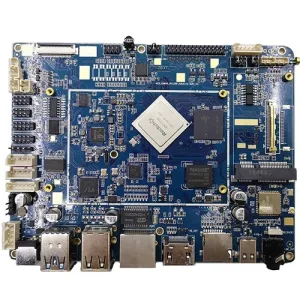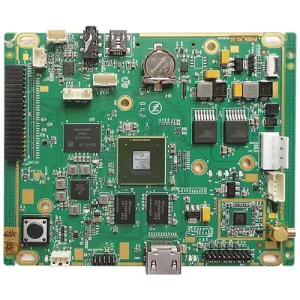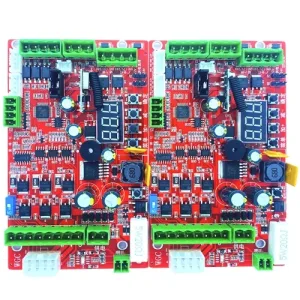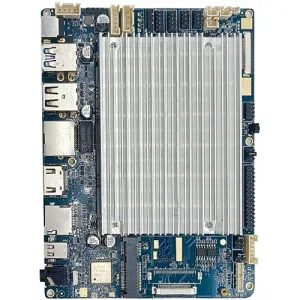Dual-Inline-Paket (TAUCHEN) Einführung von Plug-in-Prozess
In der PCBA -Verarbeitung, Mit zunehmender Leistung von SMT -Geräten und der Miniaturisierung von PCBs und elektronischen Komponenten, Die SMT -Verarbeitung ist weiter verbreitet geworden, Allmählich ersetzen Sie die herkömmliche Plug-in-Verarbeitung. Jedoch, Einige Leiterplatten erfordern noch eine Plug-in-Verarbeitung, das bleibt in der elektronischen Verarbeitungsbranche üblich. Die DIP-Plug-In-Verarbeitung ist Teil der SMD-Verarbeitung.
Dual-Inline-Paket (TAUCHEN) Bezieht sich auf eine Art integrierte Schaltungschip -Verpackung, bei der die Stifte in zwei parallelen Reihen angeordnet sind. Die meisten kleinen und mittelgroßen integrierten Schaltkreise verwenden diese Verpackungsmethode, normalerweise mit nicht mehr als 100 Stifte.
1. BOM -Liste und Planungsprozess
Basierend auf der BOM -Liste, Materialien werden für Typ und Spezifikationen empfangen und verifiziert. Dann, Prozesse sind geplant und Komponenten für jede Aufgabe zugewiesen.
2. Einstecken
Komponenten, die durch die Lochmontage erforderlich sind, werden in die entsprechenden Positionen auf der PCBA-Karte eingeführt, Vorbereitung auf das Wellenlöten.
3. Wellenlötmaschine
Die verstopfte PCBA -Platine befindet sich am Förderband der Wellenlötmaschine. Es erfährt Flusssprüh, Vorheizen, Wellenlöten, und Kühlung, um den Wellenlötprozess abzuschließen.
4. Komponente trimmen
Die fertige PCBA -Platine ist auf die entsprechende Größe zugeschnitten.
5. Reflow-Löten
Alle teilweise gelöteten PCBA -Boards werden überarbeitet, um eine vollständige Lötung zu gewährleisten.
6. Brettreinigung
PCBA -Produkte werden gereinigt, um den Restfluss und andere schädliche Substanzen zu entfernen, Erreichen der von den Kunden erforderlichen Umweltreinbarkeitsstandards.
7. Test-/Qualitätsprüfung
Nach dem Löten der Komponente, Die PCBA -Produkte werden funktionalen Tests durchgeführt, um sicherzustellen, dass sie korrekt funktionieren und die Kundenzufriedenheit vor der Lieferung erfüllen.
 UGPCB-LOGO
UGPCB-LOGO

